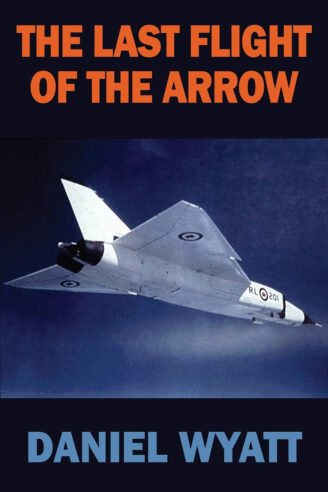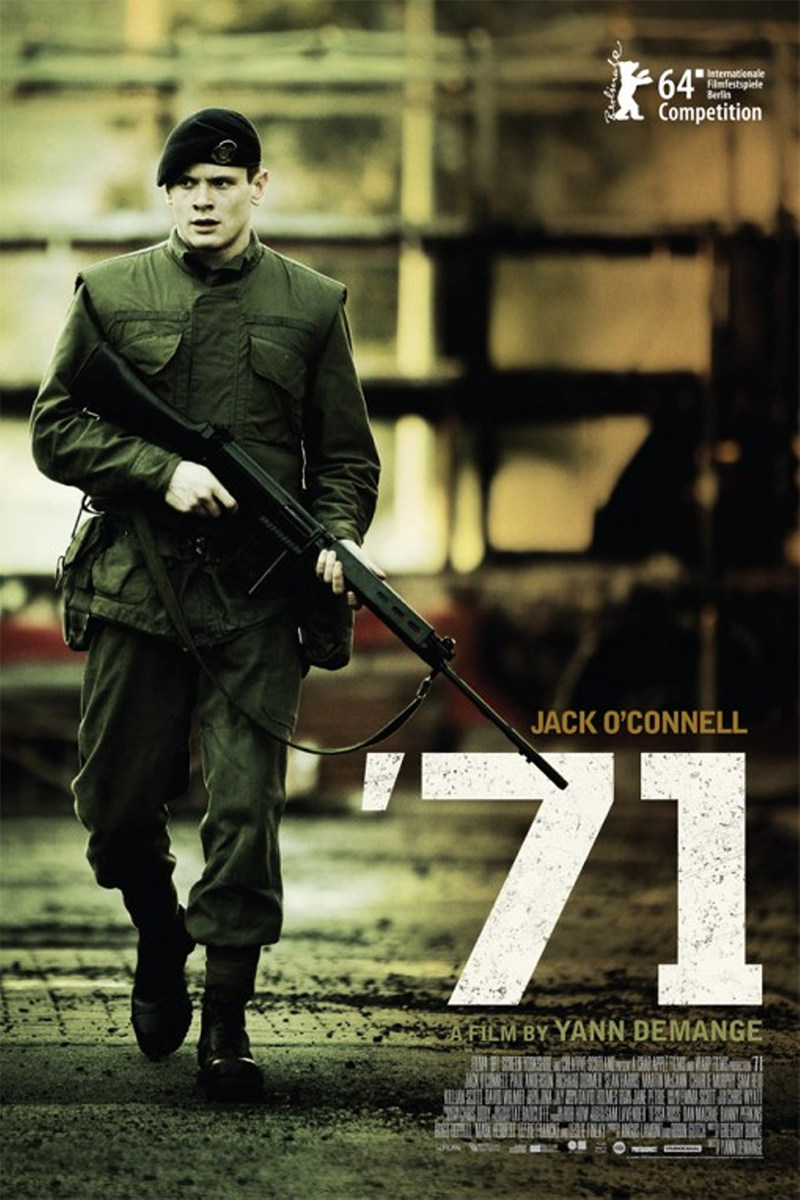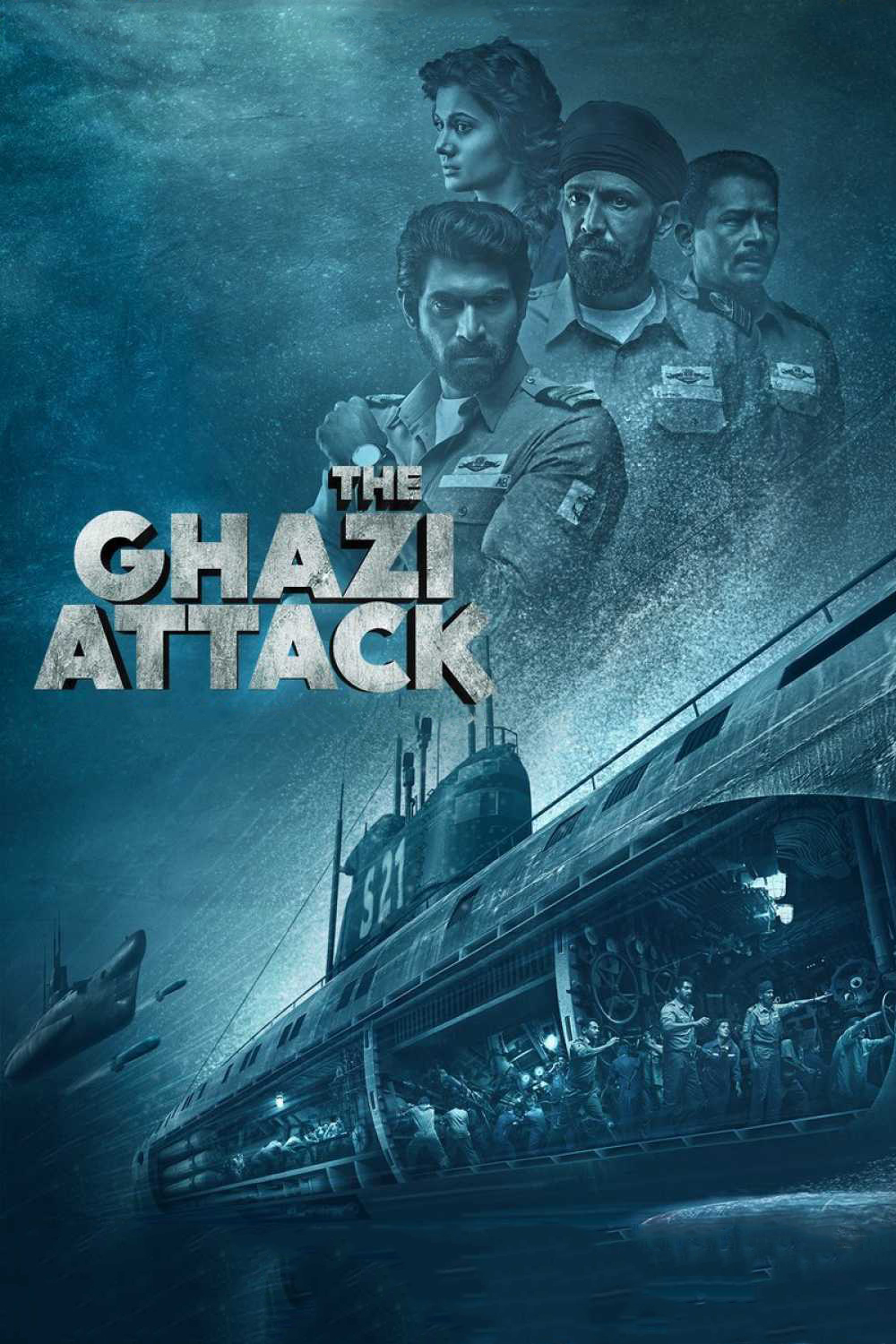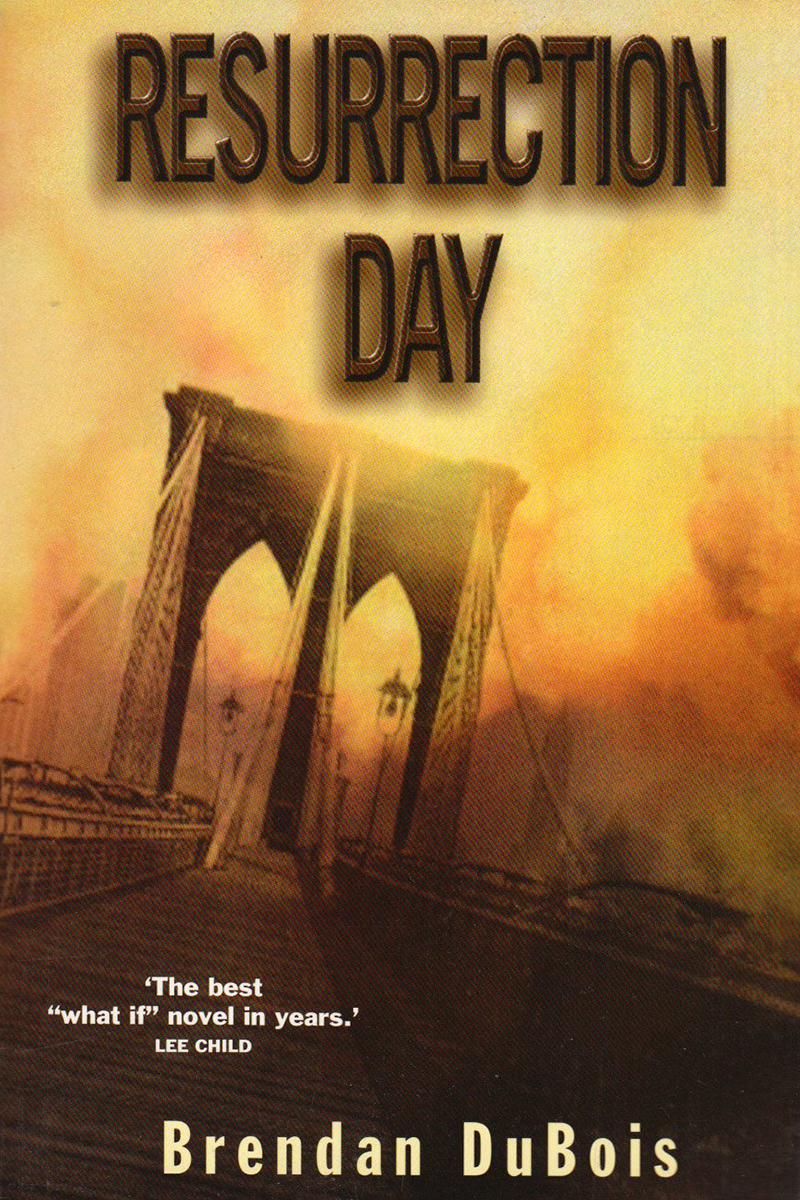The Avro Arrow is one of those incredible what-if stories to come out of the Cold War. A Canadian-built fighter for the Royal Canadian Air Force (RCAF), the Arrow was a plane ahead of its time in the 1950s, not to mention the pride of Canada. And, like the British TSR-2 in the following decade, cut down before its time in circumstances that remain controversial and mysterious decades later.
It’s perhaps no surprise then that Canadian author Daniel Wyatt reimagined the fate of this famous aircraft for his 1990 alternate-history technothriller novel The Last Flight of the Arrow. Taking place across the late 1950s, Last Flight of the Arrow puts the fighter straight into the Cold War standoff between NATO and the Soviet Union.
Wyatt’s novel takes the known public facts about the Arrow’s history, including the political maneuvering in Ottawa, but puts that into an alternate-history context. One which sees the CIA discovering through a Soviet source that a new MiG, called the Skyjacker, is in development as a first-strike weapon. In need of a way to defend North America against the new MiG, the Arrow is deployed in secret at American expense. But with a warning of a pending first strike, the Arrow is sent on its titular journey by a daring Polish-Canadian pilot into Siberia to find proof that might stop World War III. The result is a neat mix involving spies, lies and retro-set techno thrills.
Like the real-life Arrow, the novel is at its best in the air. Wyatt writes compelling aerial sequences and action pieces, starting with the prologue involving two different characters in flight during the Second World War to the Arrow’s test flights. That continues into the later portions of the novel as the RCAF intercepts a Soviet bomber seeking out one of the Arrow’s secret bases and, of course, its eponymous journey into Soviet airspace.
Indeed, it’s not an exaggeration to call these the highlights of the novel. And Wyatt did his research writing the novel. His lead character, the Polish-Canadian RCAF pilot Bogdan Kapolski, bears more than a few passing similarities with the real-life Arrow pilot Janusz Żurakowski, including his backstory flying in the Battle of Britain.
Beyond that, Wyatt delves neatly into the history of the Arrow, including its ignoble destruction, whose only photographic record came via journalists who took them illicitly from a helicopter (a sequence dramatized with a fictional reporter in the novel).
Perhaps surprisingly, given this was first published in 1990, Wyatt also slips in one of the first references to Area 51 into the book, albeit it as an aircraft testsite rather than a hotbed of UFO activity.
In creating a plausible alternate history, it is necessary to get the facts you use right, a lesson that Wyatt teaches rather well here.
Unfortunately, Wyatt’s skills elsewhere can be lacking at times. His characters are thinly defined and often capable of little more than spouting clunky dialogue. It’s true of both his fictional characters, such as the Arrow pilots or a Toronto journalist whose interest in the Arrow threatens everything, and the historical figures Wyatt employs, such as President Dwight Eisenhower.
And while it’s clear the novelist did his due diligence with his research, the resulting prose often reads as if they came from a dry history of Canadian politics or a book about the Arrow itself. The results leave Last Flight of the Arrow as thrilling in the air but at times underwhelming on the ground.
Even with its flaws, Wyatt’s novel stands as a compelling alternate-history technothriller more than three decades after its first release. And one that tells the incredible story of a plane whose history and fate deserve remembrance, as well as what might have been.
This story was originally published by Sea Lion Press, the world’s first publishing house dedicated to alternate history.





